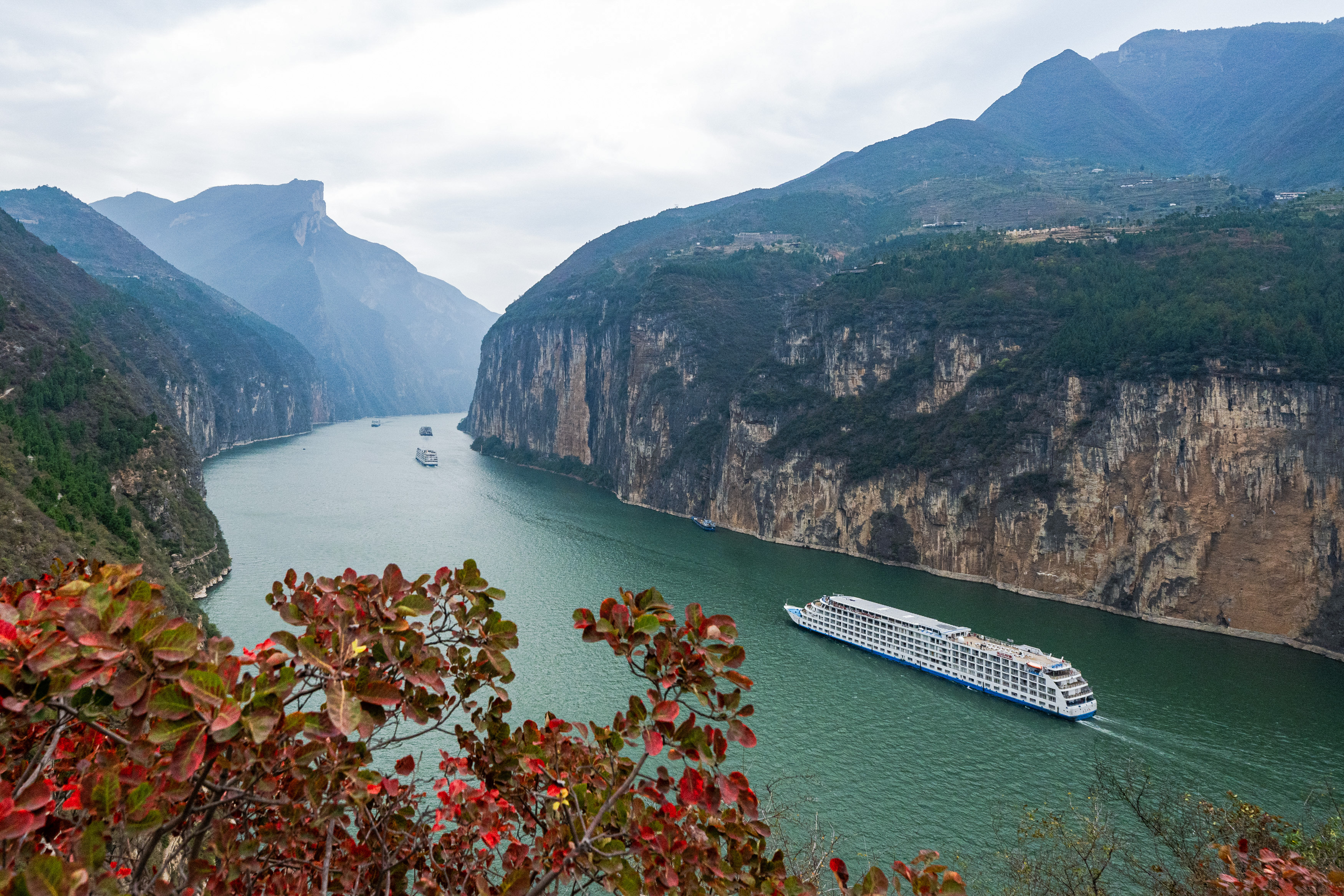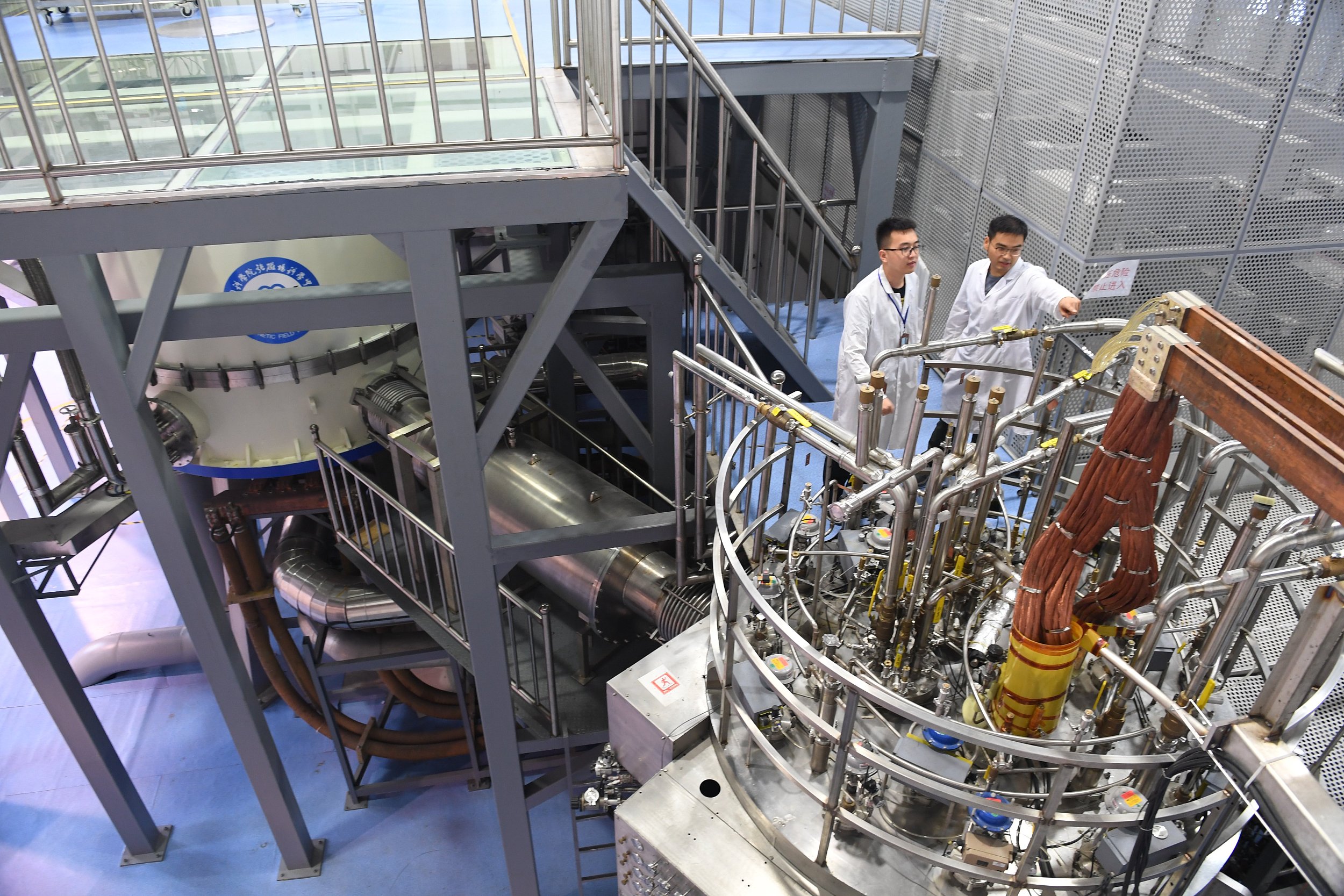Guideline to Boost Regional Environment Management
Photo taken on Nov 29, 2023 shows the scenery of Qutang Gorge on the Yangtze River in Fengjie county, Southwest China's Chongqing municipality. (PHOTO: XINHUA)
By ZHONG Jianli
In the latest move to protect the ecological environment, China recently unveiled a guideline on strengthening region-specific environmental management.
Jointly issued by the general offices of the Communist Party of China Central Committee and the State Council, the guideline has two targets: by 2025, a region-specific ecological environmental management system will be basically established; by 2035, the system will be fully established and function smoothly across the country.
The region-specific environmental management system aims to implement differentiated and precise management based on regional ecological functions and enhance the environmental quality. It calls for strict adherence to ecological protection red lines and resource utilization ceilings, while scientifically guiding various developmental and conservation activities.
Three zoning areas have been classified based on air, water, ecology, soil and the ocean: priority protection units, key protection units and general protection units.
To facilitate the implementation of important national strategies, differentiated zoning and management will be promoted in crucial river and basin areas, such as the Yangtze River Economic Belt and the Yellow River Basin.
To advance green and low-carbon development, the guideline proposes that in the key protection units, green, low-carbon transformation and upgrading of traditional industries such as petrochemicals, steel, and building materials should be strengthened; in priority protection units, models and paths should be explored for developing ecological products, and the capacity of carbon sinks should be enhanced.
For key regions such as the ecological barrier areas of the Qinghai-Xizang Plateau, the northern sand control belt, and coastal areas, specific units will be identified to address prominent environmental issues.
The guideline emphasizes the importance of enhancing information sharing in region-specific environmental management. This includes promoting information sharing and coordination at the national, provincial and other levels.
Innovative technologies such as next-generation information technology and AI will be integrated with environmental management to improve online government services and intelligent decision-making capabilities, thereby enhancing service efficiency.
The document also specifies the need to strengthen supervision and assessment. Relevant departments should use regulatory platforms and technological means such as big data, satellite remote sensing, and unmanned aerial vehicles to conduct dynamic monitoring, on-site inspections of environmental issues and discovery of hidden risks, and enforce the law upon their discovery.



